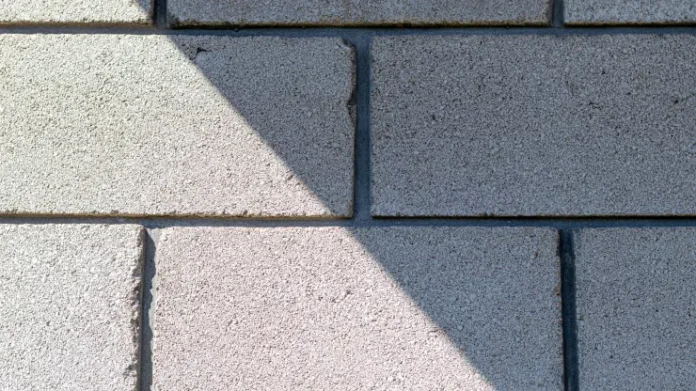Author: Anmar Frangoul
Date: 07/24/2020
According to a 2018 report from Chatham House, over 4 billion metric tons of cement are produced annually. This, the policy institute said, accounts “for around 8% of global CO2 emissions.“
As concerns about the sustainability of the construction sector mount, a number of firms – including some major players – are making attempts to develop sustainable construction products.
LafargeHolcim, the Swiss-headquartered building materials giant, announced on Thursday that its “green concrete” had been made available on the U.S. market. The firm is also planning to introduce the product to Latin America, Canada and the U.K. It is already available in Switzerland, Germany and France.
Called ECOPact, the concrete comes in a number of iterations. Depending on which one is used, the company claims the product can have “30% to 100% less carbon emissions compared to standard (CEM I) concrete.”
“Where regulatory conditions allow, ECOPact products integrate upcycled construction and demolition materials, further closing the resource loop,” the firm says.
LafargeHolcim is not alone in its aims to develop more sustainable materials. The HeidelbergCement Group, another major building materials company, is targeting CO2-neutral concrete by the middle of the century “at the latest.”
In its Sustainability Report for 2019, the German business said it would reach its goal in a number of ways, including the development of “innovative cement types with a lower CO2-footprint.”
Using waste products to develop building materials is an interesting idea which has led to the creation of a number of innovative and novel products in recent years.
Netherlands-based StoneCycling, for example, says its “WasteBasedBricks” are produced from a minimum of 60% waste.
Getting rid of cement altogether is another intriguing concept. In the U.K., the DB Group has developed Cemfree, which it describes as a “totally cement-free alternative to conventional concrete.”
To date, the material has been used in a number of settings, including part of the M25, a major motorway in the south of England.
Analysis:
3D printing concrete alone has the ability to reduce environmental impacts of construction through lowering material use. But if the material itself is also more sustainable, these effects start to compound with the ability to dramatically improve the sustainability of concrete construction. In terms of its implications for the design of products and systems, the most interesting part for me is the ECOPact’s ability to incorporate up cycled demolition material in its recipe. My mind instantly goes to a product/system that could periodically have parts deconstructed and made into something else with little added material. This closed-loop process has potential to revolutionize some construction applications.
Source: https://www.cnbc.com/2020/07/24/lafargeholcim-launches-its-green-concrete-in-the-us.html




